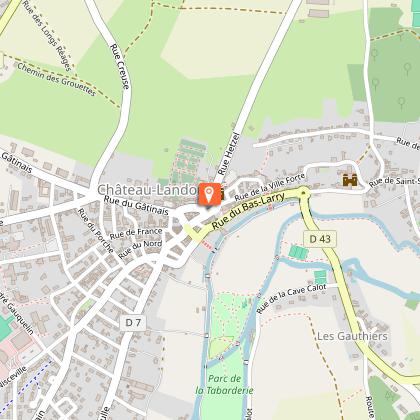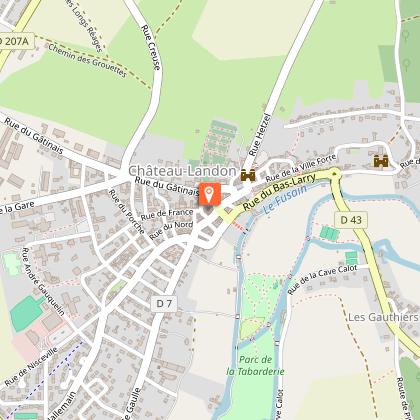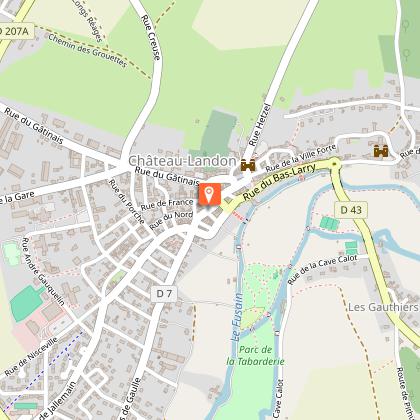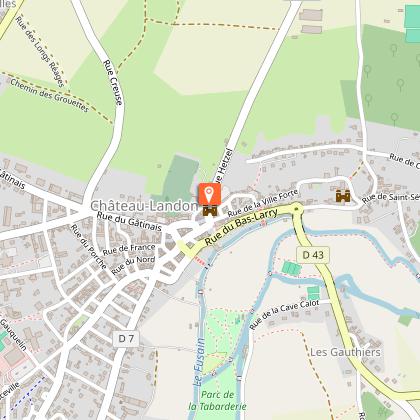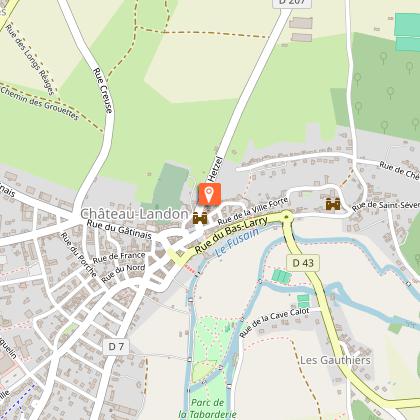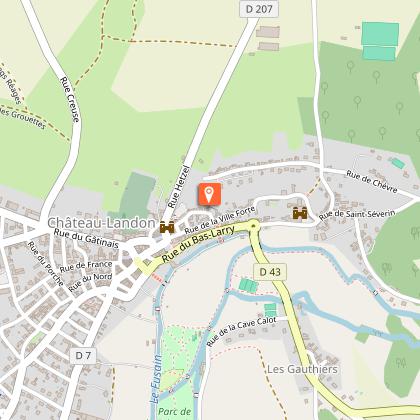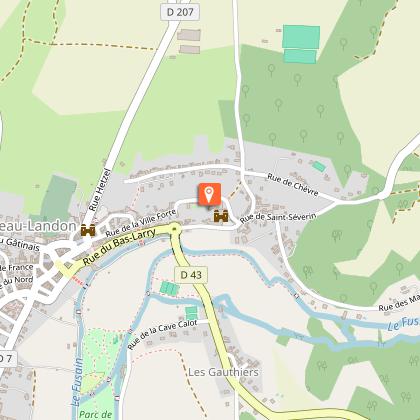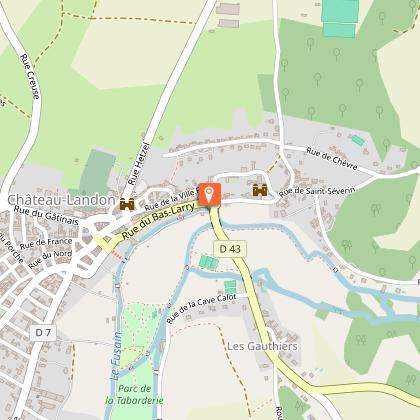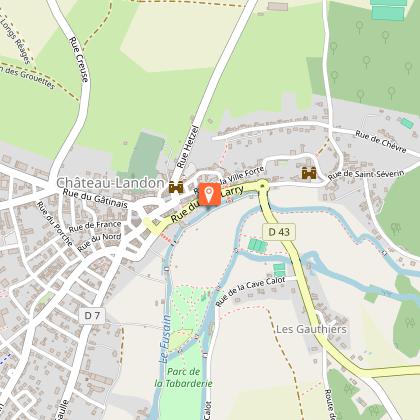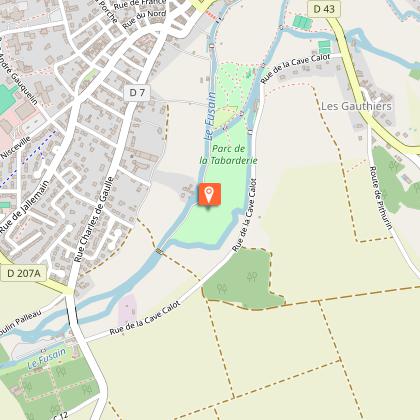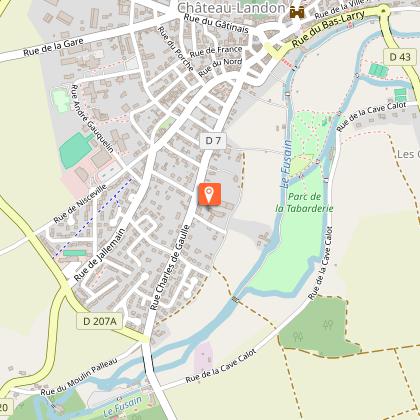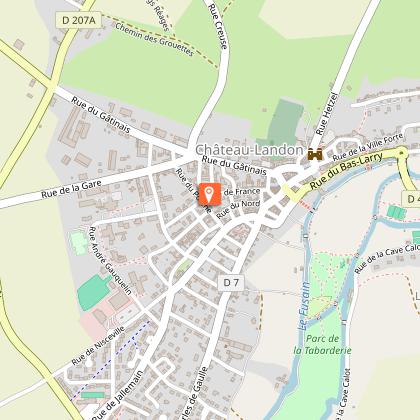警报
警报
练习类型
徒步
容易
1h30mn
Presentation
地图
兴趣点
Cirkwi 简报
评级和评论
周围的看点
参观沙特朗堡中世纪古城。


信用 : OTGVL
Cirkwi 简报
探索夏特朗城堡:巴黎附近的中世纪明珠
离巴黎仅仅一个小时的路程,由夏特朗城堡旅游局策划,中世纪城市夏特朗城堡坐落在岩石高地上,提供了一个风景如画的度假胜地。这条3公里的旅程不仅让人领略到历史与自然美景交织的全景,还展现了被古老洗衣房装饰的弗桑河的宁静流淌。当你漫步其中,在12个信息面板通过历史和建筑的叙述中被迷住。这是一段穿越时光的漫步,每一步都带来一个新的发现,被微风低语般轻柔地讲述古老的传说。
技术路线概览
这条步行路线全程约3.05公里,起点位于法国夏特朗城堡77570号Nemours街。从海拔71米到最高104米,这条路径提供了约86米的适度爬升。经过精心规划的路线承诺将游客带入城镇的中世纪历史,确保了一次引人入胜却又易于管理的徒步旅行,适合所有年龄段的游客。夏特朗城堡旅游局设计这条路线以平衡历史探索与身体可达性,使之成为一次全面的体验。
季节指南和安全贴士
作为您的当地导游,我推荐春天乃至秋天的夏特朗城堡,春天的鲜花绽放和秋天的迷人金黄色给夏特朗城堡笼罩了魅力。这些季节不仅提供了最风景如画的景色,还给了一个宜人散步的温暖天气。出发前一定要查看天气,并穿着适合铺有鹅卵石的道路的鞋子。为了安全起见,保持水分摄入,特别是在夏天,并遵循标记的步道。冬天呈现出静谧的魅力,尽管道路可能会很滑。无论季节如何,都要始终尊重场所的宁静和遗产,遵循指定路线。
塞纳-马恩地区的历史之心
夏特朗城堡坐落在塞纳-马恩地区,自12世纪以来一直是一个历史性的灯塔。由于其与普罗旺斯的接近,它曾是商业十字路口,反映了法国中世纪历史的丰富图景。当福尔克四世在1068年把它交给法国国王时,它的战略重要性得到了进一步的强调,标志着其与皇室的关系的开始。探索夏特朗城堡是漫步法国历史的篇章,其中还可以感受到普朗塔金王朝的回响,以及它从中世纪强权到皇家休憩之地的转变。
理想参观的气候洞察
夏特朗城堡: 气候概述
该地区属于温和气候,每个季节都带来了自己对夏特朗城堡的魅力。冬天通常温和,很少下大雪,而春天在温和的阳光下盛开鲜花。夏天可能会很热,所以早晨或傍晚是探索的理想时间。秋天则以迷人的色彩包裹着整个城市,成为许多人的喜爱。最佳参观时间是晚春(5月至6月)和早秋(9月至10月),此时的天气最适合户外活动,并且城市的美景达到巅峰状态。
离巴黎仅仅一个小时的路程,由夏特朗城堡旅游局策划,中世纪城市夏特朗城堡坐落在岩石高地上,提供了一个风景如画的度假胜地。这条3公里的旅程不仅让人领略到历史与自然美景交织的全景,还展现了被古老洗衣房装饰的弗桑河的宁静流淌。当你漫步其中,在12个信息面板通过历史和建筑的叙述中被迷住。这是一段穿越时光的漫步,每一步都带来一个新的发现,被微风低语般轻柔地讲述古老的传说。
技术路线概览
这条步行路线全程约3.05公里,起点位于法国夏特朗城堡77570号Nemours街。从海拔71米到最高104米,这条路径提供了约86米的适度爬升。经过精心规划的路线承诺将游客带入城镇的中世纪历史,确保了一次引人入胜却又易于管理的徒步旅行,适合所有年龄段的游客。夏特朗城堡旅游局设计这条路线以平衡历史探索与身体可达性,使之成为一次全面的体验。
季节指南和安全贴士
作为您的当地导游,我推荐春天乃至秋天的夏特朗城堡,春天的鲜花绽放和秋天的迷人金黄色给夏特朗城堡笼罩了魅力。这些季节不仅提供了最风景如画的景色,还给了一个宜人散步的温暖天气。出发前一定要查看天气,并穿着适合铺有鹅卵石的道路的鞋子。为了安全起见,保持水分摄入,特别是在夏天,并遵循标记的步道。冬天呈现出静谧的魅力,尽管道路可能会很滑。无论季节如何,都要始终尊重场所的宁静和遗产,遵循指定路线。
塞纳-马恩地区的历史之心
夏特朗城堡坐落在塞纳-马恩地区,自12世纪以来一直是一个历史性的灯塔。由于其与普罗旺斯的接近,它曾是商业十字路口,反映了法国中世纪历史的丰富图景。当福尔克四世在1068年把它交给法国国王时,它的战略重要性得到了进一步的强调,标志着其与皇室的关系的开始。探索夏特朗城堡是漫步法国历史的篇章,其中还可以感受到普朗塔金王朝的回响,以及它从中世纪强权到皇家休憩之地的转变。
理想参观的气候洞察
夏特朗城堡: 气候概述
该地区属于温和气候,每个季节都带来了自己对夏特朗城堡的魅力。冬天通常温和,很少下大雪,而春天在温和的阳光下盛开鲜花。夏天可能会很热,所以早晨或傍晚是探索的理想时间。秋天则以迷人的色彩包裹着整个城市,成为许多人的喜爱。最佳参观时间是晚春(5月至6月)和早秋(9月至10月),此时的天气最适合户外活动,并且城市的美景达到巅峰状态。
自动生成。
IGN 地图

2418SB - CHÂTEAU-LANDON CORBEILLES
编辑器 : IGN
收藏 : TOP 25 ET SÉRIE BLEUE
梯子 : 1:25 000
13.90€

128 AUXERRE MONTARGIS VALLÉE DE L'YONNE
编辑器 : IGN
收藏 : TOP 100
梯子 : 1:100 000
8.40€

118 PARIS CHARTRES PNR DE LA HAUTE VALLÉE DE CHEVREUSE
编辑器 : IGN
收藏 : TOP 100
梯子 : 1:100 000
8.40€
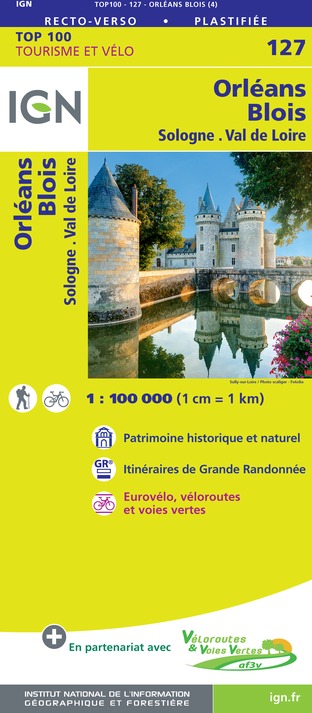
127 ORLEANS BLOIS SOLOGNE VAL DE LOIRE
编辑器 : IGN
收藏 : TOP 100
梯子 : 1:100 000
8.40€

119 PARIS SENS PNR DU GÂTINAIS FRANÇAIS
编辑器 : IGN
收藏 : TOP 100
梯子 : 1:100 000
8.40€

D75-95 ÎLE-DE-FRANCE OUEST
编辑器 : IGN
收藏 : CARTES DÉPARTEMENTALES IGN
梯子 : 1:150 000
5.90€

D41-45 LOIR-ET-CHER LOIRET
编辑器 : IGN
收藏 : CARTES DÉPARTEMENTALES IGN
梯子 : 1:150 000
5.90€

D77 SEINE-ET-MARNE
编辑器 : IGN
收藏 : CARTES DÉPARTEMENTALES IGN
梯子 : 1:150 000
5.90€

NR04 - GRAND EST RECTO/VERSO ARDENNE CHAMPAGNE
编辑器 : IGN
收藏 : CARTES RÉGIONALES IGN
梯子 : 1:250 000
6.80€

NR03 ÍLE DE FRANCE
编辑器 : IGN
收藏 : CARTES RÉGIONALES IGN
梯子 : 1:250 000
6.80€
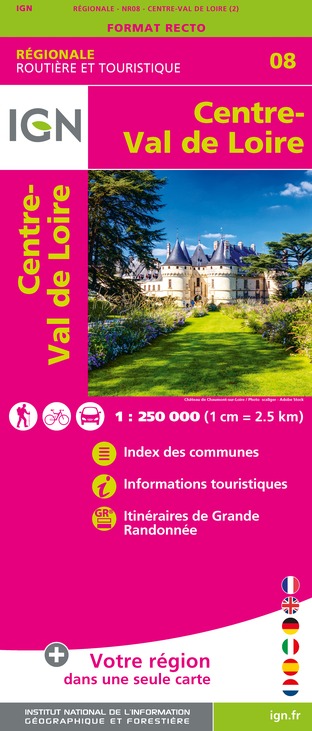
NR08 CENTRE-VAL DE LOIRE
编辑器 : IGN
收藏 : CARTES RÉGIONALES IGN
梯子 : 1:250 000
6.80€
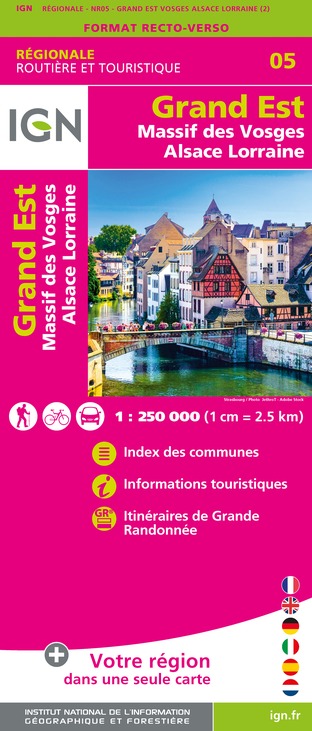
NR05 GRAND EST RECTO/VERSO MASSIF DES VOSGES ALSACE LORRAINE
编辑器 : IGN
收藏 : CARTES RÉGIONALES IGN
梯子 : 1:250 000
6.80€

801 FRANCE NORD OUEST
编辑器 : IGN
收藏 : CARTES NATIONALES IGN
梯子 : 1:320 000
6.10€

EUROPE
编辑器 : IGN
收藏 : DÉCOUVERTE DES PAYS DU MONDE IGN
梯子 : 1:2 500 000
7.00€
技术信息
徒步
难度
容易
持续时间
1h30mn
距离
4.3 km
练习类型
徒步
容易
1h30mn
显示更多信息
高程剖面
起点
12
6 rue Hetzel
,
77570
Château-Landon
Lat : 48.149892Lng : 2.703541
兴趣点
数据作者
6 rue Hetzel 77570 Château-Landon France
评级和评论
周围的看点
